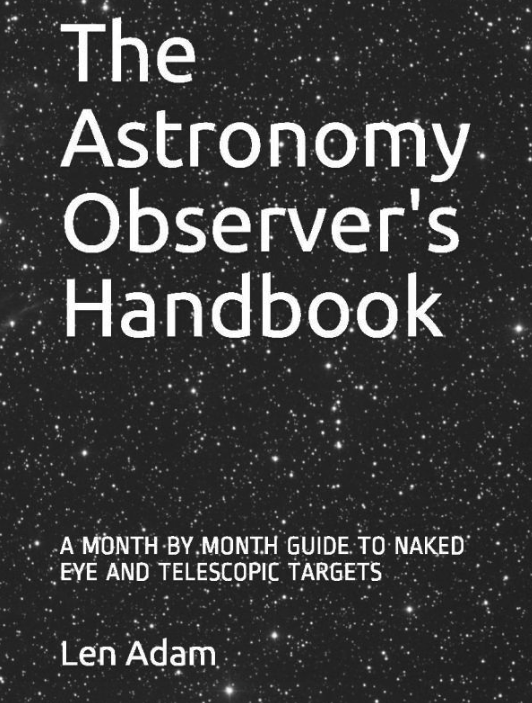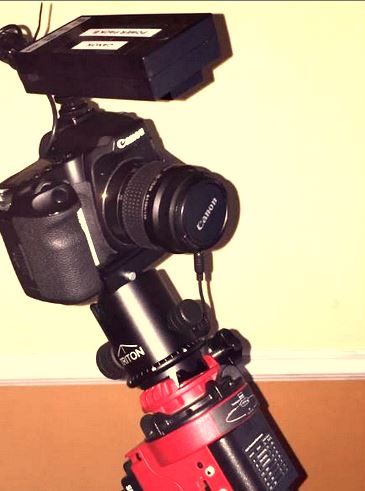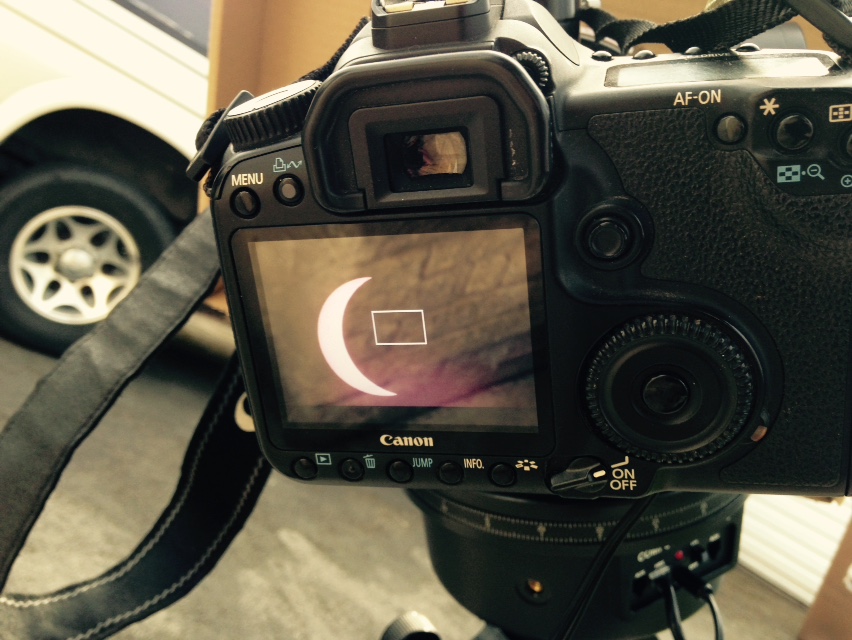Having been clouded out the night before, I ventured out at 0530 UT to glance at the sky. The sky was completely clear with the “searchlight” of Venus shining at magnitude -4.4 in the South East just above the stars Beta 1 Scorpii called AcrabGraffius (Mag 2.5) and Delta Scorpii (mag 2.29)

The Great Bear, Ursa Major, was directly overhead with a brilliant Arcturus in Bootes at Magnitude -0.05 being identified by the Mizar/Alkaid “pointers” in its tail.
Continuing the curved Mizar/Alkaid/Arcturus pointers round to the South brought me to Saturn in Virgo at Mag 0.7 - less than 10 degrees from first magnitude Spica and about 20 degrees from reaching the Meridian.
Two artificial satellites passed over in the first minute that I was outside and a meteor flashed downwards towards the North West.
Guilt set in that I had missed an observing opportunity but that by the time I set up my telescope the sun would be approaching the horizon.
 Monday, June 6, 2011 at 2:35PM
Monday, June 6, 2011 at 2:35PM  [Your Name Here] | Comments Off |
[Your Name Here] | Comments Off | 







